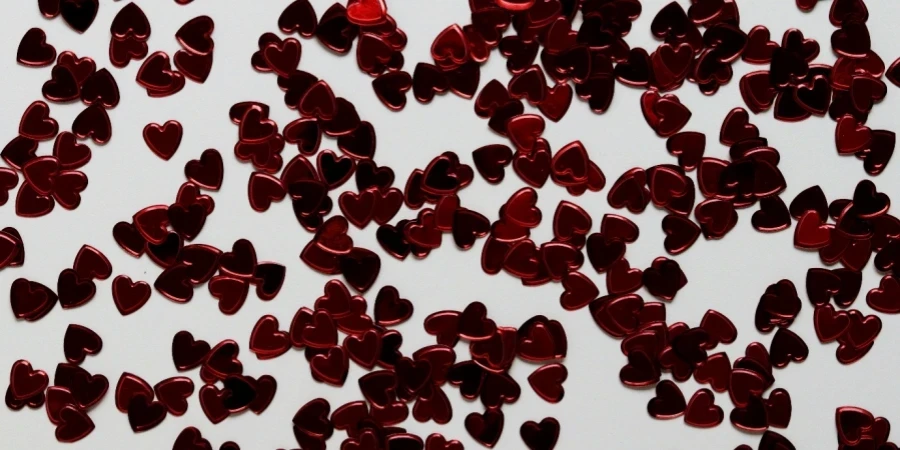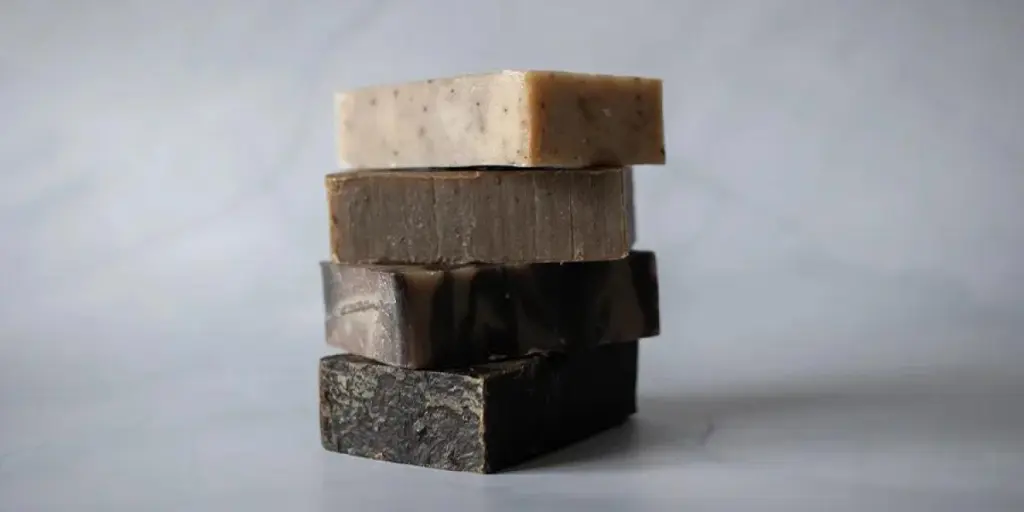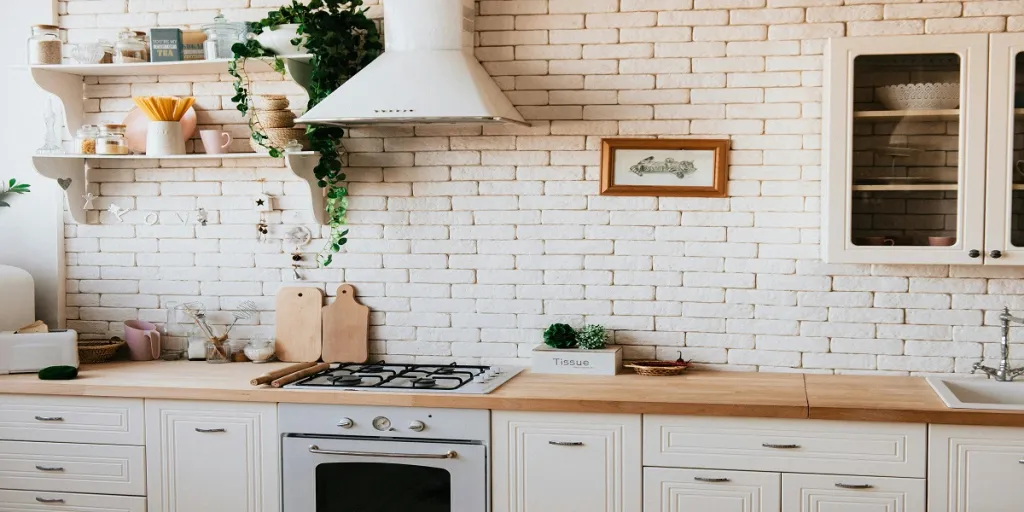Wedding confetti has evolved from a simple tradition into a versatile celebration accessory, adding a touch of festivity and charm to modern events. Its vibrant display not only creates captivating photo opportunities but also enhances the atmosphere of joyous occasions. As the market expands with eco-friendly innovations and customizable options, understanding the latest trends is essential for professionals seeking to meet consumer demands. This article delves into the confetti market, types, and key considerations, equipping buyers with the insights needed to make informed product selections. By aligning choices with both aesthetic appeal and sustainability, businesses can capture the hearts of modern consumers.
Table of Contents
● Market overview: From tradition to trending markets
● A spectrum of styles: Exploring different types of confetti
● Choosing wisely: Key factors to consider for the perfect confetti
● Conclusion
Market overview: From tradition to trending markets

The growth of the confetti market
The global confetti market is experiencing notable growth, driven by the rising popularity of social celebrations and eco-friendly products. Valued at USD 200.1 million in 2023, the market is projected to reach USD 350.1 million by 2030, expanding at a compound annual growth rate (CAGR) of 5.1%, according to Verified Market Reports. Technological advancements in manufacturing and the demand for customization are also fueling market growth, particularly in regions embracing innovative event solutions.
Drivers of innovation
The industry is undergoing significant transformation with the influence of social media trends and consumer demand for sustainable practices. Platforms like Instagram amplify the visibility of colorful, shareable moments, encouraging innovation in confetti design and presentation. Moreover, the shift toward biodegradable and seed-based confetti options demonstrates the sector’s commitment to reducing environmental impact. According to Fox & Bear Photography, such trends are essential for aligning with modern consumer values, creating opportunities for both sustainability and creativity.
Cultural significance
Confetti usage varies widely by region and occasion, reflecting both tradition and modernity. While traditional petals dominate in classic settings, regions with younger demographics are adopting AR (augmented reality) confetti and high-impact cannons for a tech-forward celebration experience. According to LSBP Photography, such diversity allows the market to cater to unique cultural preferences, from elegant weddings to festive corporate events. These localized adaptations are key to driving growth and broadening the appeal of confetti products globally.
A spectrum of styles: Exploring different types of confetti

Tissue paper confetti
Tissue paper confetti is crafted from lightweight cellulose fibers, making it an ideal option for events where extended float time is desired. The standard particle size ranges from 1 to 2 centimeters, ensuring visibility both in person and in photos. This type of confetti is often treated with water-soluble dyes, making it safe for use in outdoor environments where rain might occur. Biodegradability testing confirms that most tissue paper confetti disintegrates within 3-6 weeks under standard environmental conditions, minimizing its ecological footprint.
Natural petal confetti
Natural petal confetti typically comes in dried or fresh varieties, with common materials including rose petals, lavender, and delphinium. The drying process often involves dehydration at controlled temperatures (40-50°C) to maintain color and structural integrity. Petal sizes range from 1 to 3 centimeters, offering varying visual effects depending on the mix. Fresh petals are often hand-plucked and stored in cool environments to prevent wilting. While this option is sustainable, handling requires precision; bulk orders of dried petals must be packaged in moisture-resistant materials to retain quality during shipping.
Rice and eco-alternatives
Rice confetti is usually parboiled or polished to enhance its durability during throwing. Edible variants use short-grain rice for compactness and ease of use. Seed-based eco-confetti, a modern alternative, incorporates a mixture of wildflower or grass seeds encased in biodegradable starch shells. These particles are typically 2-5 millimeters in diameter, making them suitable for dispersion in outdoor venues. Germination rates of seed-based confetti depend on soil quality and environmental conditions, with many achieving sprouting within 7-14 days of scattering.
Popcorn and unconventional ideas
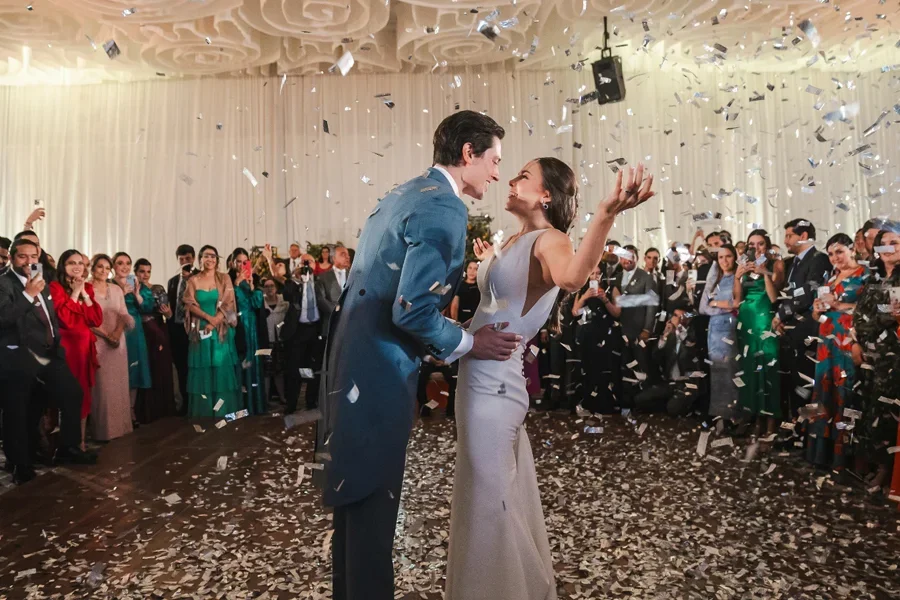
Popcorn confetti is air-popped to maintain a lightweight structure, reducing the risk of injury while providing a biodegradable option. Kernel size and fluff density are calibrated to ensure an optimal visual effect. Paper planes used as confetti are generally crafted from 120-150 GSM paper to balance foldability and durability, with blunt tips added for safety. Ribbon confetti often uses polyester or silk threads treated for flame resistance, meeting safety standards required for indoor venues.
Cannons and AR overlays
Confetti cannons use pressurized CO2 or air systems to propel confetti up to 10-15 meters in the air, with varying nozzle diameters (typically 2-4 centimeters) for dispersing different confetti types. Cannons are often equipped with adjustable pressure settings, allowing users to control the intensity of the launch. Augmented reality (AR) overlays integrate digital confetti with interactive platforms, relying on smartphone cameras and pre-programmed animations to simulate virtual confetti. These overlays are typically rendered in resolutions up to 4K, ensuring sharp visuals for social media sharing.
Choosing wisely: Key factors to consider for the perfect confetti

Venue restrictions and permissions
Understanding venue policies is critical when choosing confetti products. Many venues, particularly historical or outdoor spaces, mandate the use of biodegradable options to avoid environmental damage or prolonged cleanup efforts. Venues with strict no-confetti rules often permit alternatives like bubbles or ribbons. Additionally, venues may impose size restrictions on confetti pieces to prevent clogging drains or interfering with other activities. Checking these guidelines early can help avoid last-minute substitutions and ensure smooth event planning.
Eco-friendliness and sustainability
As environmental concerns continue to influence consumer preferences, selecting biodegradable or natural confetti has become essential. Materials such as tissue paper, dried petals, or seed-based confetti meet sustainability criteria, as they decompose within weeks without leaving harmful residues. Products certified under ISO 14021 standards for environmental labeling add credibility to eco-conscious claims. For seed-based options, using native wildflower mixes can further minimize ecological disruption while enhancing local biodiversity.
Photographic impact
The visual appeal of confetti significantly influences event photography, requiring careful consideration of size, color, and material. Confetti that is lightweight and has high float time ensures a gradual descent, creating a vivid and dynamic backdrop for photos. Bright, contrasting colors often stand out best in images, particularly against neutral wedding attire or venue settings. Tissue paper and lightweight petals offer excellent visibility, while using a mix of sizes can add depth and dimension to photographs.
Guest experience
The ease with which guests interact with confetti directly impacts its success during the event. Distributing confetti in baskets or large containers allows guests to grab handfuls, increasing the density of the throw. Cones and individual packets, while aesthetically pleasing, may limit the volume available to each guest. Materials should also be selected with comfort in mind; soft, lightweight options reduce the risk of irritation or discomfort when thrown. Ensuring guests understand the preferred throwing technique—usually upward rather than directly at the couple—enhances the overall experience.
Budget considerations
Balancing costs while meeting quality and quantity expectations is crucial for large-scale events. Bulk purchasing of materials like tissue paper confetti or dried petals often reduces per-unit costs. Seed-based confetti and premium petal mixes may have higher upfront prices but offer added value through environmental benefits or symbolic appeal. For cost-effective alternatives, DIY options such as drying petals at home or sourcing bulk materials locally can significantly reduce expenses without compromising the event’s aesthetic.
Conclusion
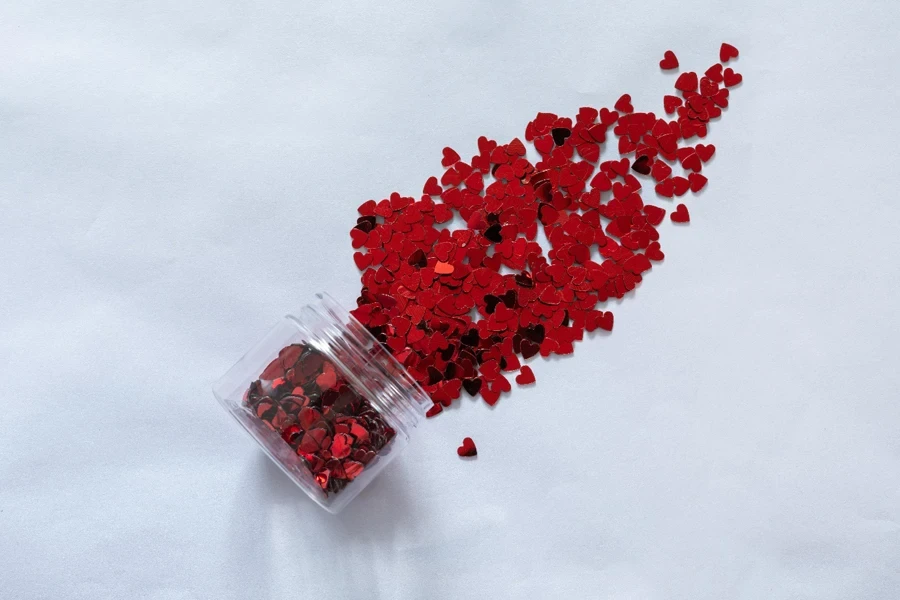
Selecting the right wedding confetti is essential for creating a memorable and visually captivating celebration. By choosing options that align with venue policies, environmental standards, and aesthetic goals, businesses can enhance the event experience while meeting consumer demands. From vibrant photo opportunities to seamless guest participation, thoughtful confetti choices elevate the overall impact of any occasion. For professional buyers, understanding these factors ensures both client satisfaction and long-term market success.
